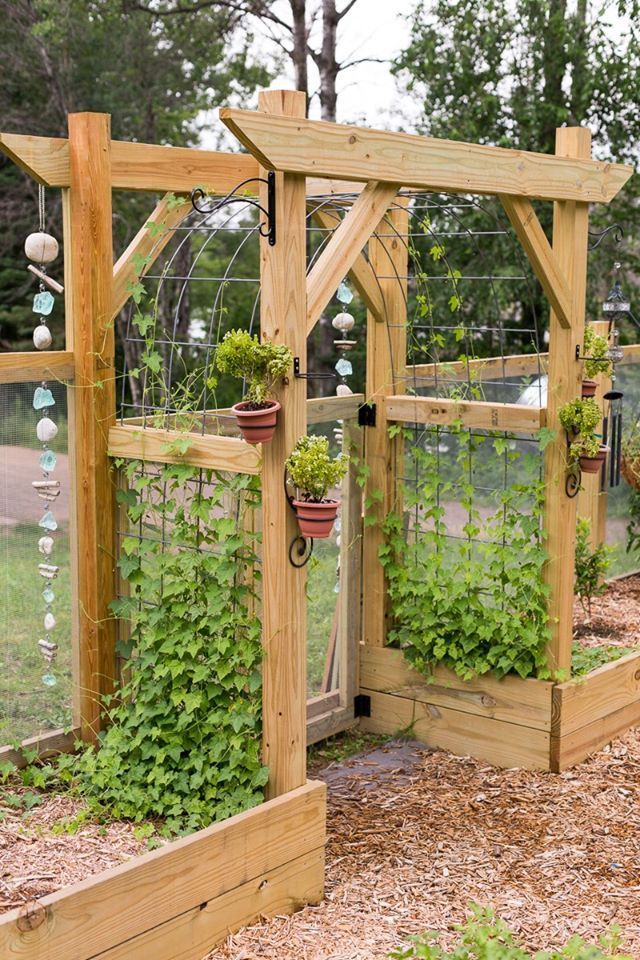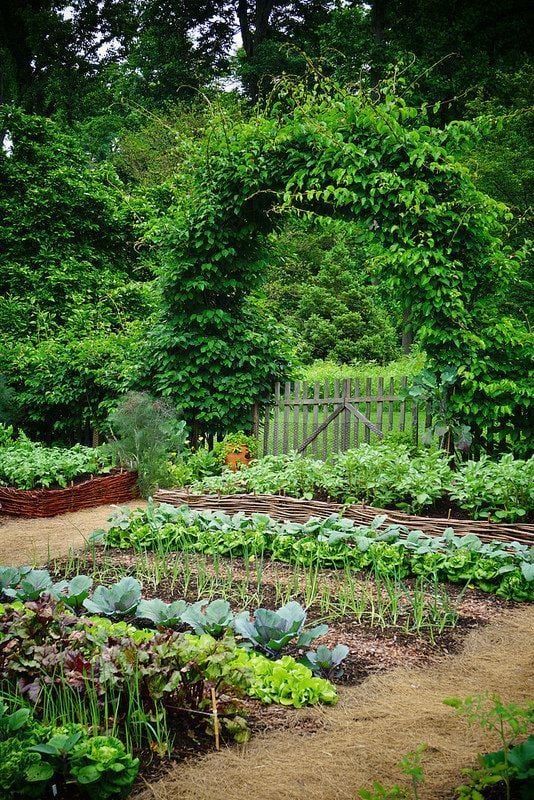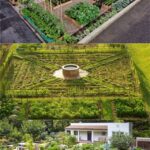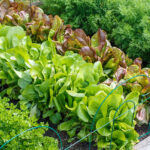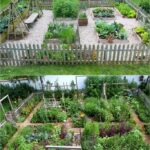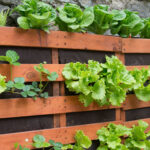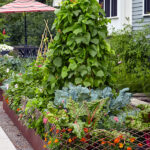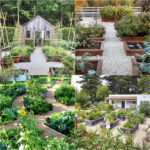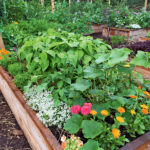When planning a vegetable garden, the layout is an important consideration to ensure the success of your crops. A well-designed layout can maximize space, sunlight, and water usage, leading to a more productive and visually appealing garden.
One popular layout for vegetable gardens is the traditional row garden. In this layout, vegetables are planted in straight rows, making it easier to weed and harvest. However, this layout can be inefficient as it leaves a lot of space between rows that could be utilized for more planting. To make the most of a row garden, consider using raised beds or planting densely to maximize the available space.
Another popular design layout is the square foot gardening method. This layout divides the garden into square foot grids, making it easy to plan and space out different vegetables. Square foot gardening is great for small spaces and beginners as it is easy to maintain and keeps the garden organized. It also allows for a variety of vegetables to be grown in a small area.
For those looking to add some visual interest to their vegetable garden, a geometric or radial layout can be a great option. Geometric layouts use shapes such as circles, triangles, or even spirals to create a unique and visually appealing design. Radial layouts, on the other hand, arrange plants in a circular pattern with a focal point in the center. Both layouts can make your garden stand out and add a decorative element to your outdoor space.
Companion planting is another important factor to consider when designing your vegetable garden layout. Certain plants benefit from being planted together, while others should be kept apart to prevent pests or disease. For example, planting marigolds with tomatoes can help deter pests, while planting beans near corn can improve soil health. Research companion planting guidelines to ensure a successful and mutually beneficial garden layout.
No matter which layout you choose, it is important to consider factors such as sunlight, water access, and soil quality when planning your vegetable garden. Take note of which areas receive the most sunlight throughout the day and adjust your layout accordingly to ensure that each plant gets the light it needs to thrive. Additionally, consider installing a drip irrigation system or strategically placing water sources to ensure that all plants receive adequate moisture. By carefully planning and designing your vegetable garden layout, you can create a beautiful and productive space that will provide you with a bountiful harvest for years to come.

